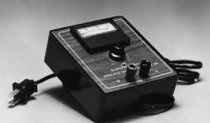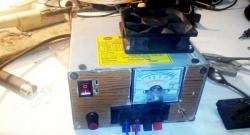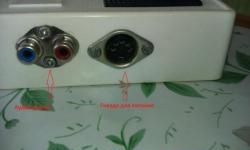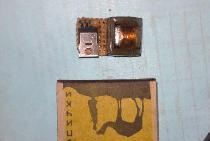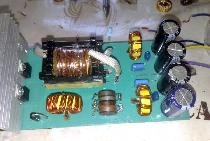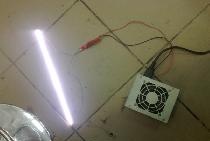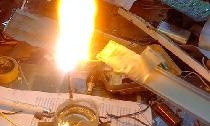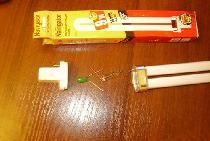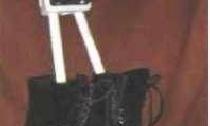At home, I found a 12 volt power supply used to charge the batteries. It looks like this

<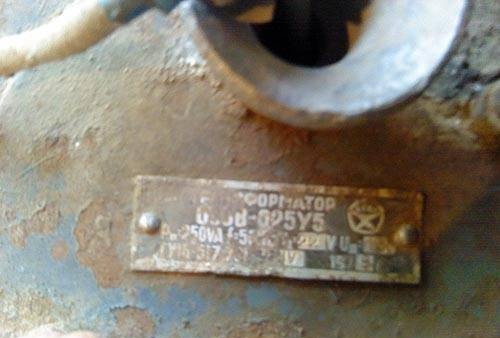
It consists of a step-down transformer and a diode bridge (matrix) which rectifies the alternating current coming from the transformer to direct current.
Let’s start with it, it consists of four very powerful diodes. The brand is unknown. The only thing that was made out was “Made in the USSR” with a short circuit, the insulation on wires with a cross section of 2 mm instantly melts, and the diodes are almost cold. Here they are close up
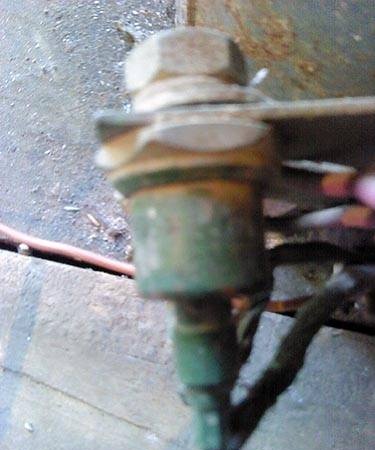
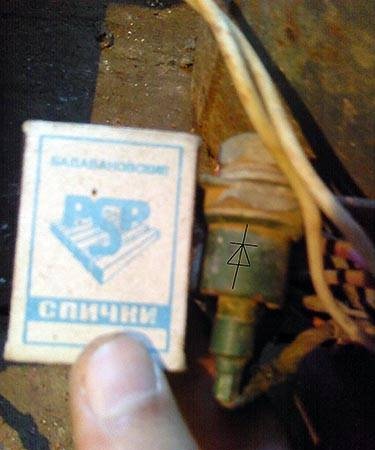
Diodes are connected according to the standard rectifier circuit.
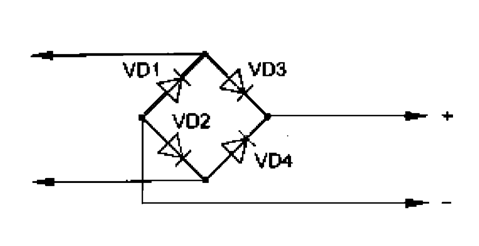
This is how it looks in this case.
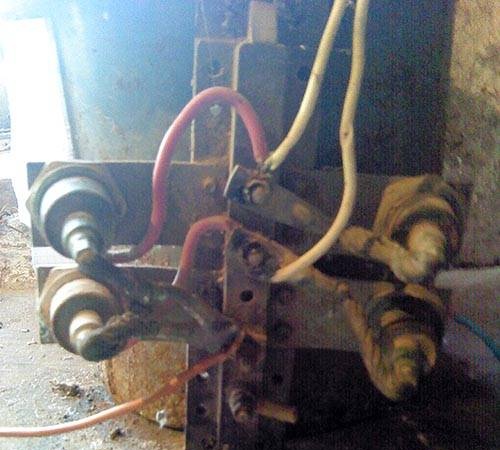
The connecting wires are used in a very large cross-section, all connections are made by means of bolts and nuts, otherwise, at high current, ignition of the insulation may occur or the wires may simply melt.
Now let's move on to disassembling the compartment with the transformer, the top cover rests on two bolts, unscrew the cover and remove the transformer
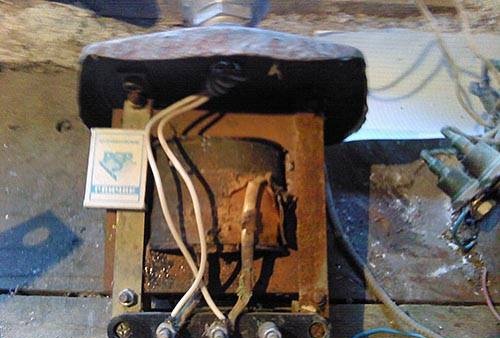
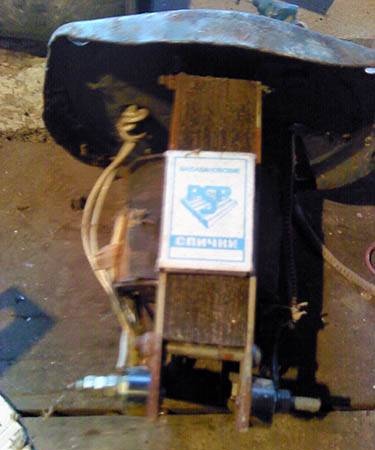
On it, like on any transformer of this type, there are two windings, the primary one is supplied with 220 V and the secondary one with which 12 volt is removed
The primary winding consists of a copper wire with a cross section of 1 mm; the mains voltage is directly connected to it.
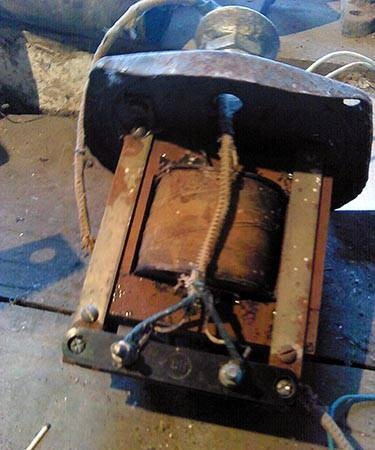
Now, let's go to the secondary winding at 12 in here are the taps of the winding
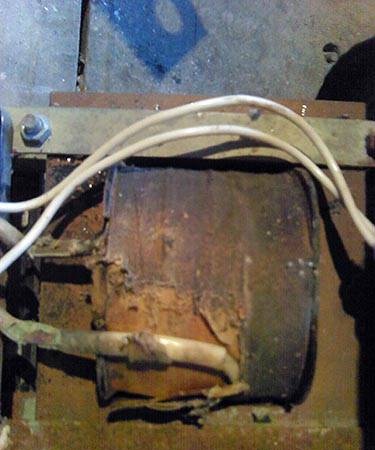
This winding no longer consists of a wire, but of a copper tape 1.5 mm thick and about 4 mm wide. Such windings are used in welding machines, since the resistance of such a tape is small and hence the high current strength I did not dare to measure it, in a similar situation I already lost one ammeter by 20 amperes, and the tape because it takes up less volume compared to a cylindrical shape conventional wire, as the cylinder has less contact area.
Proof of high current may be a short circuit reaction.
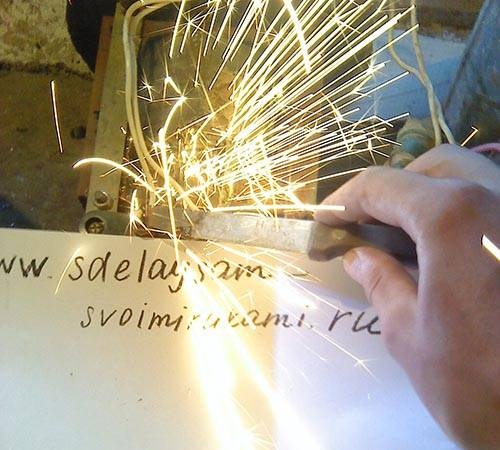
And that’s all it remains to be proud of the quality of manufacturing the power source, because he is now 32 years old, and he still continues to work properly.
Video trying to short-circuit the transformer
